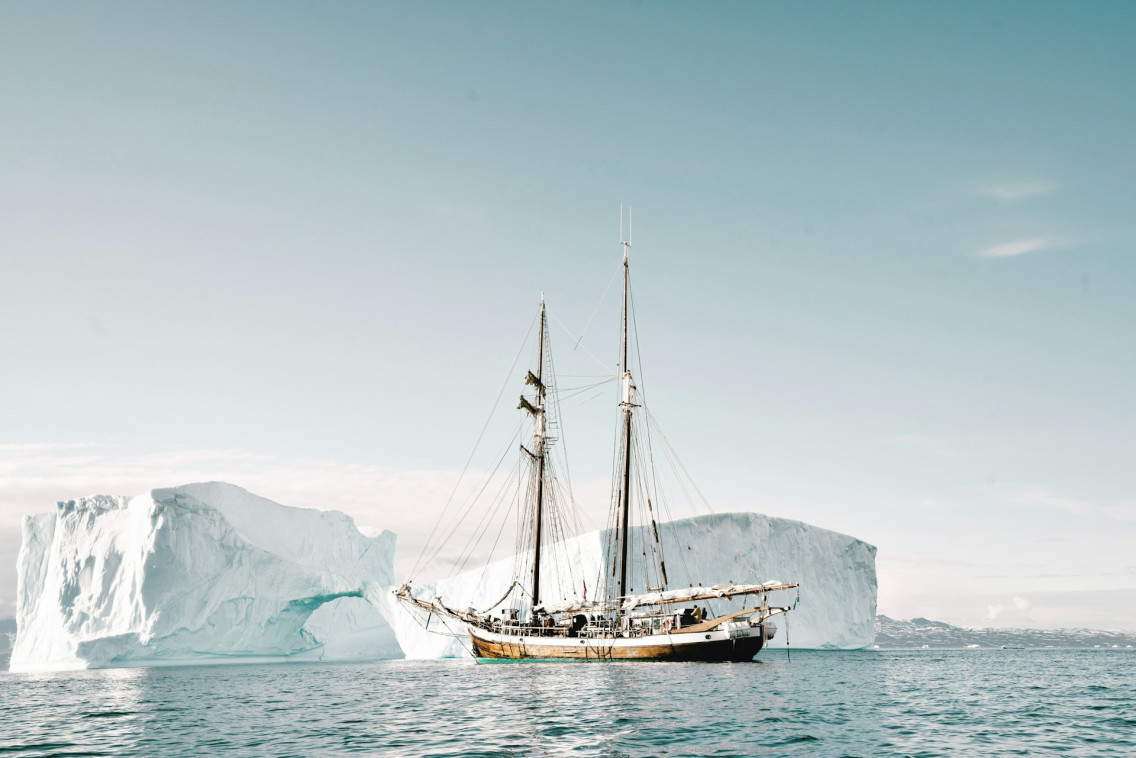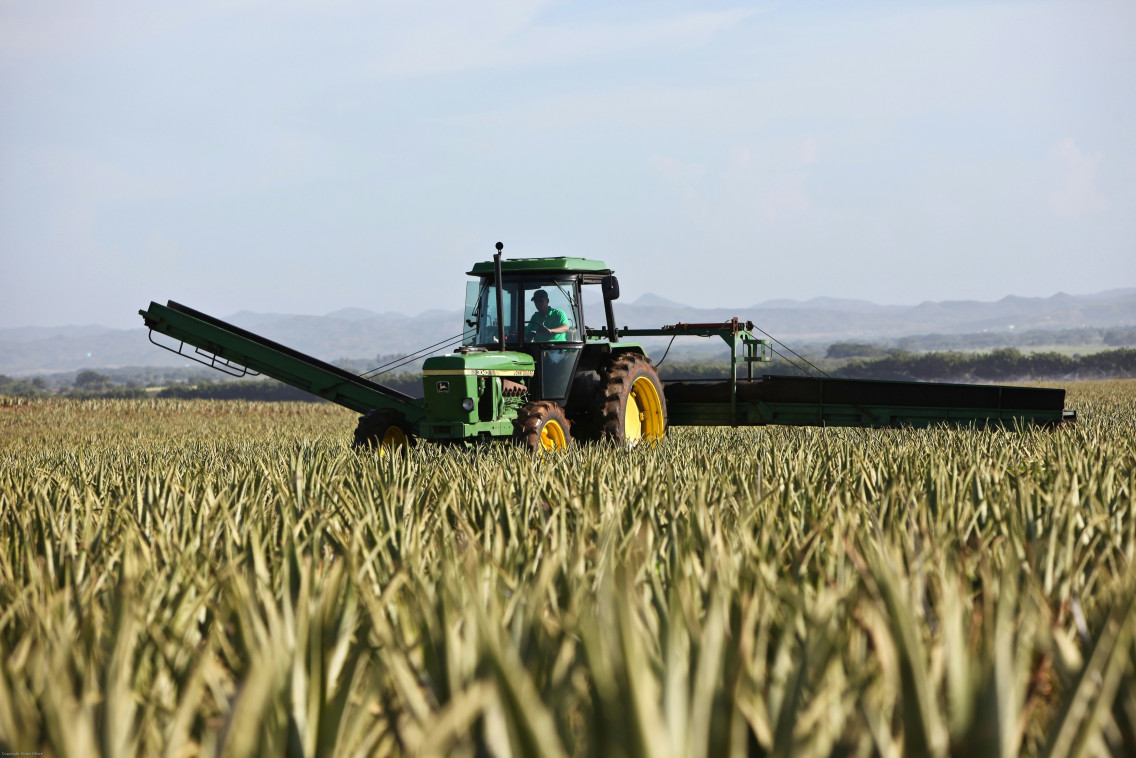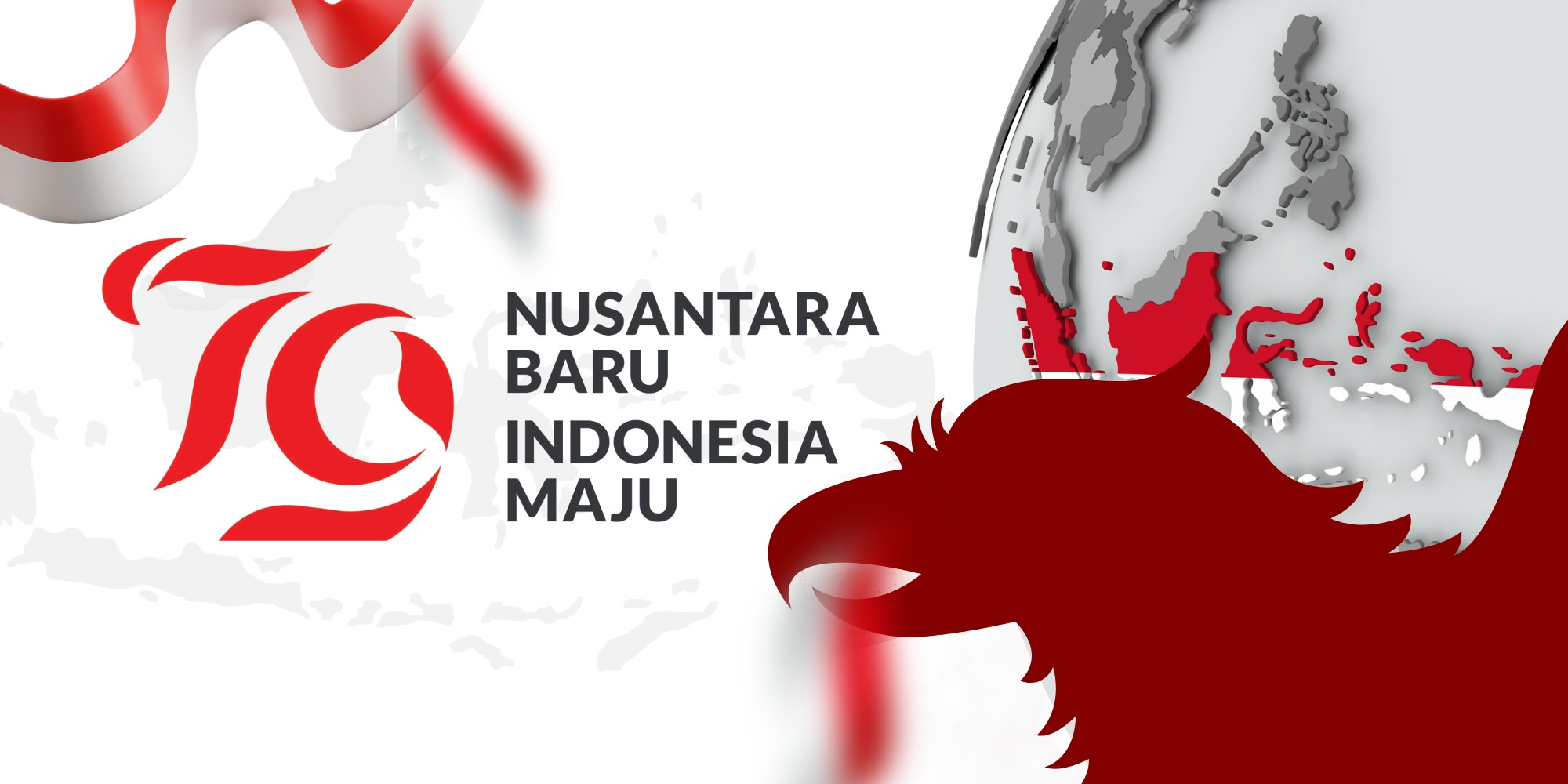Business Directory
Navigate the world of opportunities with IndoConnex's Business Directory.
Charity & Fundraise
Provides a convenient and straightforward platform for individuals, Non-Organization, and Community to contribute to a cause they care about.
Product/Service
Increased Visibility and Exposure By listing your products and services in IndoConnex directory.
Community
Find more people & become a part of International communities.
Campus & Education
Innovative Learning, Worldwide - Discover our global education database, where innovative learning meets diverse cultural experiences.
Resources & Insight
Stay informed and empowered with valuable insights and practical resources to achieve your personal and professional goals.
Buy & Sell
Buy, Sell or give away your new, second or unused items on the IndoConnex global marketplace.
Jobs & Workers
Tailored for individuals seeking full-time, part-time, casual, and flexible employment opportunities and also for the Company & Organizations to find global talent.
Place Directory
Uncover captivating points of interest that ignite your sense of wonder. Our curated collection promises unique experiences at every turn.
Scientists Stunned by Life Forms Found in Greenland’s Ice Core

A research team has uncovered plant and insect remains in Greenland, providing evidence that the region was once lush and green millions of years ago. These findings were discovered beneath a three-kilometer-thick ice core, located in the middle of the island, according to a report from Science Alert on Friday, August 9, 2024.
Key Points:
- Unexpectedly, researchers uncovered remnants of various life forms in the ice core, including spikemoss spores, fungi, insect compound eyes, and poppy seeds. These findings imply that the region once hosted a vibrant tundra ecosystem.
- "We saw those fossils within an hour, maybe half an hour after working on it." Quote by Paul Bierman
Courtesy Photo Source: Annie Spratt on Unsplash
The ice core, known as GISP 2, was originally drilled in 1993, more than 30 years ago, but previous studies had only focused on the rocks and ice. Until now, no one had considered searching for fossils in the sediment mixture at the base of the ice, as the idea that Greenland had once been green was largely unexpected.
Read More:Global Airlines Launch New Direct Routes to Indonesia: Who's Flying In?
 Courtesy Photo Source: Juan Cruz Mountford on Unsplash
Courtesy Photo Source: Juan Cruz Mountford on Unsplash
Surprisingly, the researchers found traces of plants and insects, including spikemoss spores, fungi, compound eyes of insects, and poppy seeds. These discoveries suggest that a dynamic tundra ecosystem once existed in the region.
Paul Bierman, the lead author of the study from the University of Vermont, described the moment of discovery to AFP, stating, "We saw those fossils within an hour, maybe half an hour after working on it."
Halley Mastro, a co-author and graduate student at the University of Vermont, emphasized the need for further research, suggesting that drilling deeper into Greenland's ice core could reveal more ancient organisms, potentially offering insights into humanity's future.
The study also highlights the potential for greater global sea level rise than previously estimated, attributed to human activities.
Courtesy Source: https://www.cnbcindonesia.com/
Promotion
No promotions available.
Related Articles

Indonesia Agricultural Supplement Ranks Among the Top 100 Best Companies in ASEAN

5 Reasons to Study in Australia

7-Eleven to Close 444 Stores in North America as Part of Strategic Restructuring

A looking Back at Indonesia’s History and Achievements










Share Profile
Give Award
Report User
reporting will not be informed that you've submitted it




